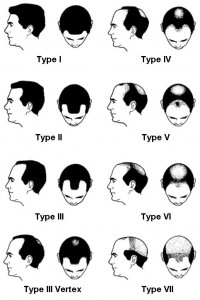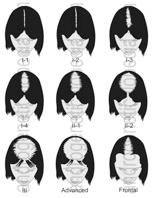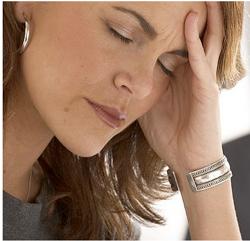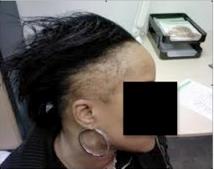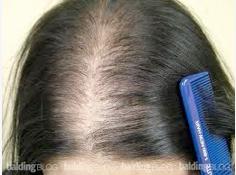Hair loss unfortunately plays a part in most people’s lives. It not only causes cosmetic humiliation, it can also affect a person’s mental health, social confidence, and career success. Obtaining pertinent information about hair loss may make the biggest difference in resolving your condition. And in places like Los Angeles, where beauty and cosmetic maintenance are of great cultural importance, hair loss info is even more valuable.
HAIR LOSS INFORMATION FOR MEN
AHJ imparts that there are 40 million or more men just within U.S. who suffer with baldness at some degree. It could vary from slight thinning to severe hair loss. Pattern baldness, medically termed androgenetic alopecia, takes credit for 95% of male thinning. By 35 years of age, two in three men struggle with baldness and at 50 years of age, the percentage increases to eighty-five percent. For one-fourth of these cases, hair loss started prior to age twenty-one.
HAIR LOSS INFORMATION FOR WOMEN
According to AHJ, a surprising 21 million United States women also deal with hair loss. There are some who endure excessive thinning while others can simply see that their tresses aren’t the same thickness they once were. Similar to men, pattern baldness is the number one catalyst for thinning hair in women. However, it reveals itself differently for women. Furthermore, women have a higher chance of experiencing additional hair loss origins, perhaps from an ailment or an environmental factor. Invariably, half of all women over 40 years of age will suffer some amount of thinning.
HAIR LOSS INFORMATION: OTHER CAUSES
Outlying hair loss starters are more common among women, but they do occur for men. Some of the causes are temporary while others are permanent. Broken down as such, they are:
Temporary:
- -Pregnancy
- -Severe stress
- -Diabetes
- -Illness
- -Sleep deprivation
- -Drug use
- -Deficiency of Iron or folic acid
- -Malnourishment
- -Untreated hypothyroidism
- -Poor circulation
- -Telogen effluvium
- -Hormone imbalance
Permanent:
- -Traction alopecia/scarring alopecia
- -Trichotillomania
- -Lupus
- -Alopecia areata
MALE PATTERN BALDNESS
In Los Angeles, hair loss info with regard to solutions for men is plentiful. But what about information regarding the main source of thinning hair? Male pattern baldness is an enduring genetic disorder that carries on via X chromosomes. A man’s ancestry is generally a reliable source as to whether or not his hair will fall out.
MPB comes from dihydrotestosterone (DHT), a testosterone and 5-alpha-reductase metabolite, which overcomes inherently susceptible androgen receptors and shrinks the hair down to the point of breakage or peach fuzz. Male baldness manifests mainly in hairline recession and crown hair loss.
FEMALE PATTERN BALDNESS
Even in Los Angeles, hair loss info for women is harder to come by. It is a lesser-known phenomenon, but still just as significant. Female pattern baldness is also permanent, but its genetic ties are not as strong or concrete. Aging and hormonal changes are the biggest causal factors for androgenetic alopecia in women.
However, the hormonal catalyst, DHT, remains the same. It shrinks the follicles with genetically weak androgen receptors. In women, DHT does not just affect hairline and crown so much as it causes diffuse thinning across the top third of the scalp.
HAIR LOSS TREATMENT
Treatments for hair loss can range from daily dietary changes to surgical hair restoration. In between are vitamin supplements, a psych evaluation, and prescription drugs. The ultimate solution depends on the cause. Fortunately, if the cause is a permanent one and the loss is severe, Los Angeles boasts some of the world-leading hair transplant surgeons. A comprehensive list of FDA-approved or proven treatments for pattern baldness includes:
- -Rogaine (minoxidil)
- -Propecia (finasteride)
- -Hair transplantation
Click here to read about a popular and effective hair loss solution.

